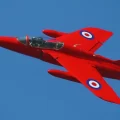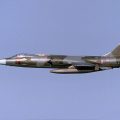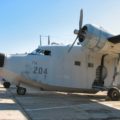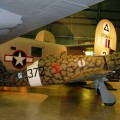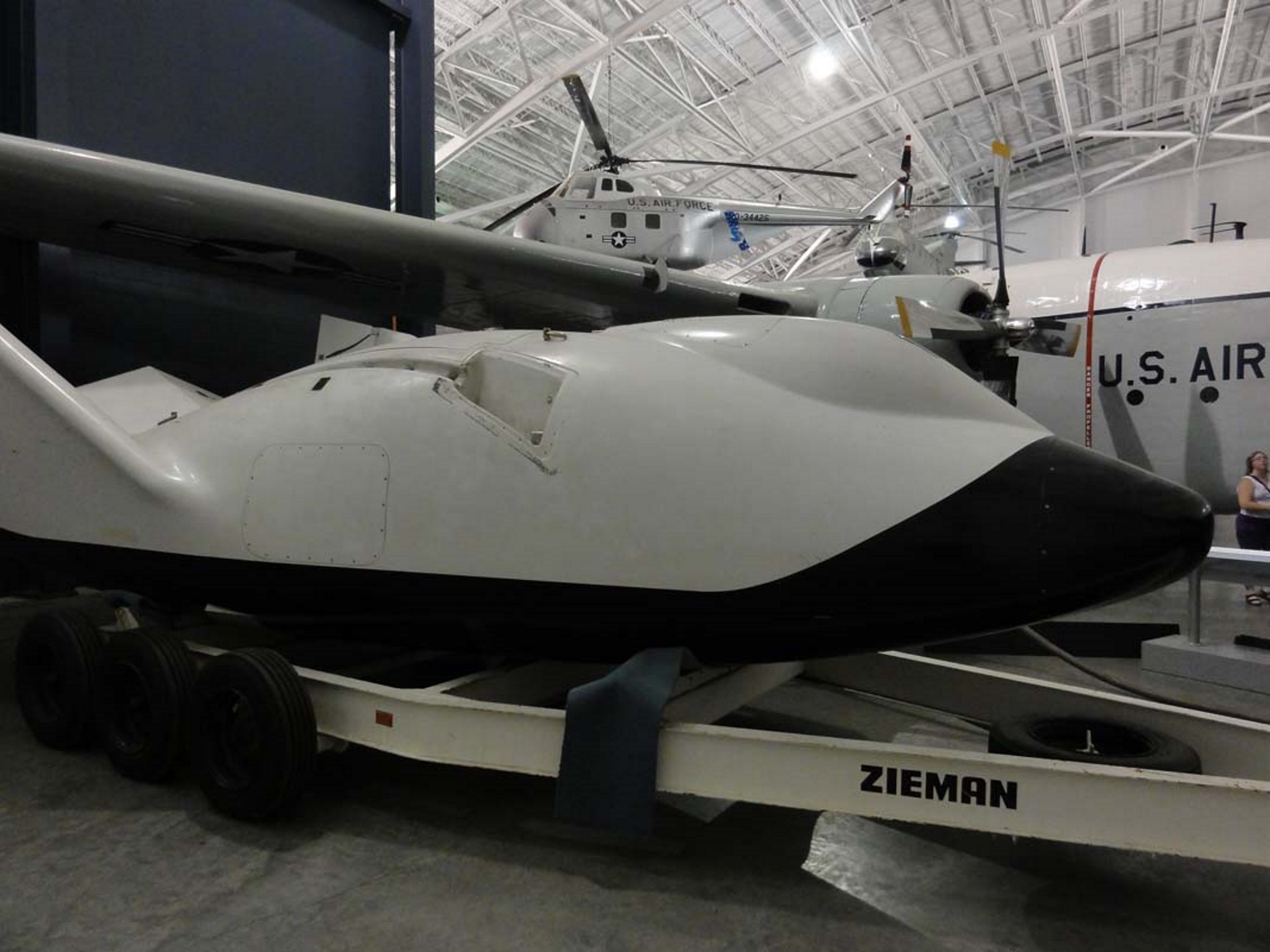
NASA X-38 | |
|---|---|
| Land | Usa |
| Role | Voertuig inleveren |
| Programma | 1995–2002 |
| Gebouwd | Onbewust |
De X-38 was an experimental re-entry vehicle designed by NASA to research a possible emergency crew return vehicle (CRV) for the International Space Station (ISS). The 1995–2002 program also developed concepts for a crew return vehicle design that could be modified for other uses, such as a possible joint U.S. and international human spacecraft that could be launched on the French Ariane 5 booster. The program would eventually develop a total of three test prototype flight demonstrators for the proposed Crew Return Vehicle, each having incremental improvements on its predecessor. All three were wingless lifting body vehicles used in drop tests. The X-38 program was cancelled in 2002 due to budget cuts.
Bron: NASA X-38 op Wikipedia
| NASA X-38 Crew Return Vehicle Rondlopen | |
|---|---|
| Fotografen | Vladimir Jakoebov en John Heck |
| Lokalisatie | Strategic Air and Space Museum, Ashland |
| Foto 's | 55 |
Gerelateerde kits:
Kits zoeken op eBay:
Zie ook:
The NASA X-38 was a prototype crew return vehicle (CRV) designed to provide a safe and reliable way for astronauts to return to Earth from the International Space Station (ISS). The X-38 was based on a lifting body concept, which means that it used its shape to generate lift as it reentered the atmosphere. The X-38 had a wingless, wedge-shaped body with a flat bottom and curved top. It was equipped with a steerable parafoil parachute that allowed it to glide and land on a runway.
The X-38 program began in 1995 as a joint effort between NASA and the European Space Agency (ESA). The goal was to develop a low-cost and reusable CRV that could be launched from the ISS using a standard docking port. The X-38 would carry up to seven crew members and provide them with life support, communication, navigation, and emergency systems. The X-38 would also serve as a backup for the Space Shuttle or the Soyuz spacecraft in case of an emergency.
De X-38 onderging tussen 1997 en 2002 verschillende tests en demonstraties. NASA bouwde vier atmosferische testvoertuigen (V-131, V-132, V-131R en V-133) en een orbitaal testvoertuig (V-201). De atmosferische testvoertuigen werden op grote hoogte uit een B-52-vliegtuig gedropt en voerden verschillende manoeuvres en landingen uit. Het was de bedoeling dat het orbitale testvoertuig in 2003 op een Space Shuttle-missie zou worden gelanceerd en aan het ISS zou worden gekoppeld. Het X-38-programma werd echter in 2002 geannuleerd vanwege bezuinigingen en verschuivende prioriteiten. NASA besloot zich te concentreren op de ontwikkeling van het Orion-ruimtevaartuig als de volgende generatie CRV voor het ISS en daarbuiten.
Bekeken : 774



